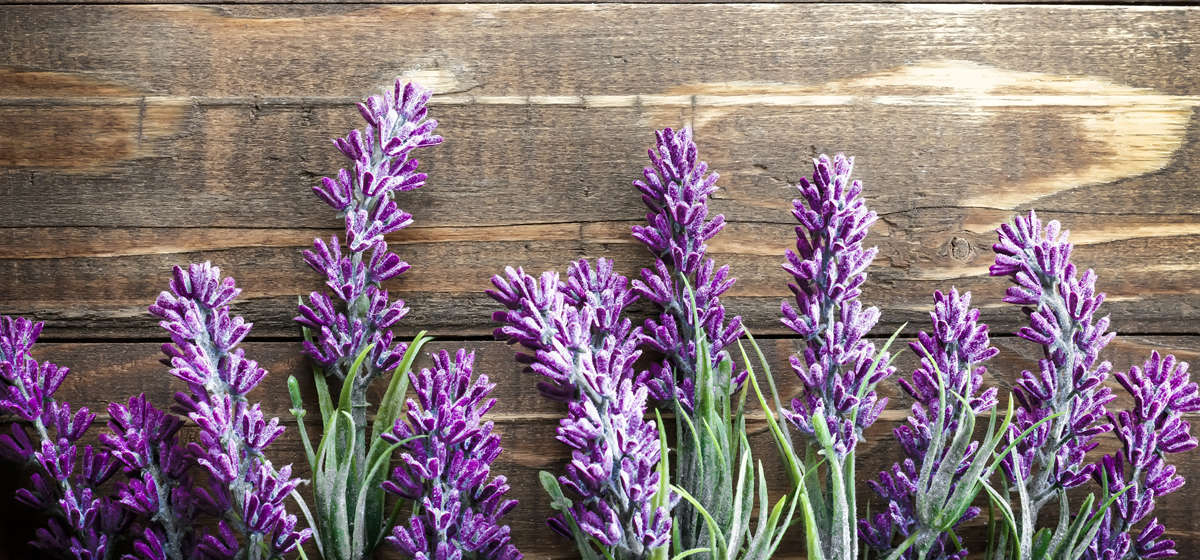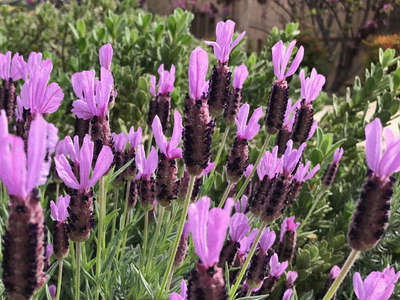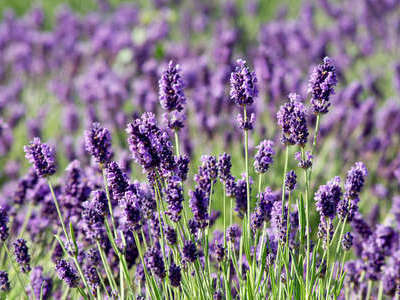
About Lavender: Pruning and Culinary Tips

About Lavender
- Lavender is an evergreen perennial, perfect for the Mediterranean climate we have in the Sacramento area. It is drought tolerant and thrives in the heat, requiring full sun for 6-8 hours per day.
- Typically lavender grows up to 1’-3’ tall with a spread 1’-3’, reaching its mature size in about three years.
- When planting lavender we recommend amending soil with organic matter—such as compost—if you have clay or sandy soil. Plant slightly above soil level to prevent crown rot.
- During the first few years, lavender requires consistent moisture to establish a strong root system. Once established, water only when soil is nearly dry; keep in mind that well-drained soil is a must.
- When it comes to fertilizer, use it sparingly and use organic. Synthetic fertilizers can reduce the number of flowers by encouraging too much green growth.

Pruning Lavender
It’s important to prune your lavender, but when and how much you prune will depend on the variety of the lavender.
English Lavender should be trimmed to remove the spent flowers to encourage a second, and maybe even a third, bloom. Pruning should happen in late summer (August). When pruning, cut back up to two-thirds of the current height without cutting into the woody part.
English Lavender Hybrids should be pruned in late August after blooming is finished. Cut back about one-half of the plant height without cutting into the woody part, and then trim into a tidy mound.
French, Spanish and other non-English Lavenders need to be trimmed after the first flowers fade. Do not prune back as heavily as recommended for English lavender. Deadhead for the remainder of the season and shape into a mound in late summer.

Culinary Uses
Besides looking beautiful, there are some lavender varieties that you can use in the kitchen. Most common for culinary purposes are English varieties (Lavandula angustifolia, Lavandula officinalis and Lavandula vera).
Lavender provides a sweet floral flavor that's delicious in beverages, desserts, savory dishes and meats. Lavender flowers, leaves and stems can be used fresh, dried or frozen.
When growing lavender for culinary purposes, be sure to only use organic fertilizers—and never use pesticides.
Lavender provides a sweet floral flavor that's delicious in beverages, desserts, savory dishes and meats. Lavender flowers, leaves and stems can be used fresh, dried or frozen.
When growing lavender for culinary purposes, be sure to only use organic fertilizers—and never use pesticides.
